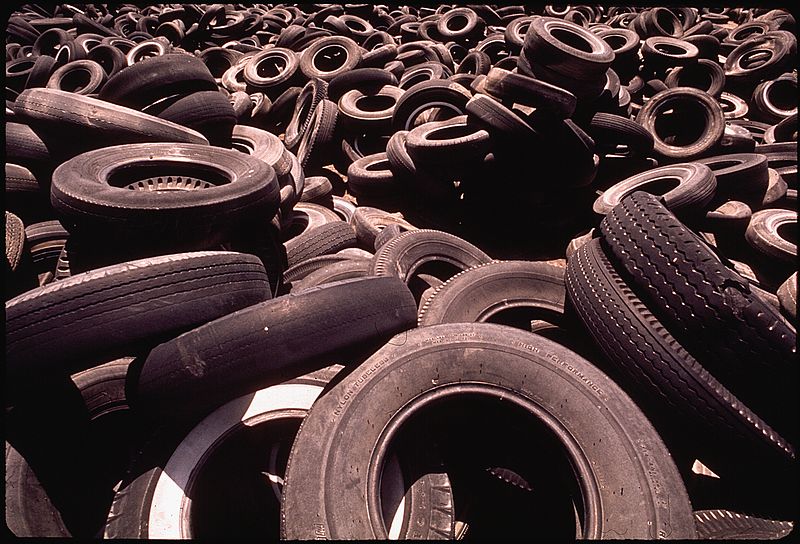Scientists from Imperial College London express growing concerns about the air pollution resulting from the degradation of vehicle tires.
New study unveiled a notable rise in tire erosion’s impact on emitting tiny pollution particles when compared to vehicle exhausts.
Car tires consist of a blend of rubber, plastic polymers, and diverse components. Upon interacting with the road surface, minuscule fragments of these materials have a tendency to separate. The particles can be carried by water and eventually make their way into soils and water bodies. Some particles may also disperse into the atmosphere.
According to the report, it is estimated that in 2021, tire and brake wear accounted for approximately 52% of all small particle pollution originating from road transportation. An additional 24% of such pollution resulted from the abrasion of roads and the paint used for markings. However, only 15% of emissions came from car exhausts, and 10% came from the van’s exhausts and heavy goods vehicles.
Preventing Microplastic Pollution
Duke University chemistry professor Stephen Craig and his team have discovered a technique to significantly improve the toughness of rubbery materials without compromising their other performance characteristics. They have developed a new approach to strengthen polymers by introducing weaker links into the material.
The researchers discovered that using a weaker form of crosslinker to connect the polymer building blocks can increase the materials’ resistance to tearing by tenfold.
One notable advantage of this approach is that it seems to leave the other physical properties of the polymers unaffected.
“Polymer engineers know how to make materials tougher, but it invariably involves changing some other property of the material that you don’t want to change. Here, the toughness enhancement comes without any other significant change in physical properties — at least that we can measure — and it is brought about through the replacement of only a small fraction of the overall material,” says Stephen Craig.







